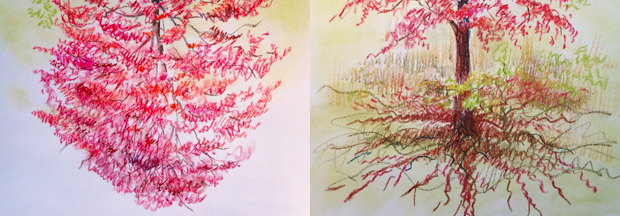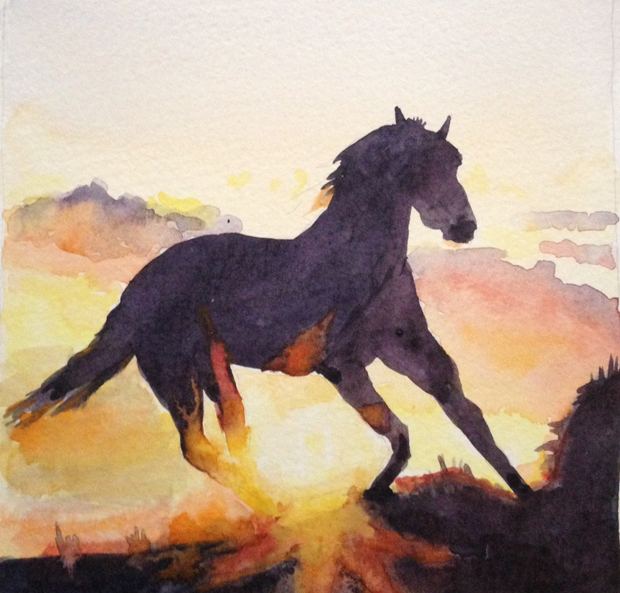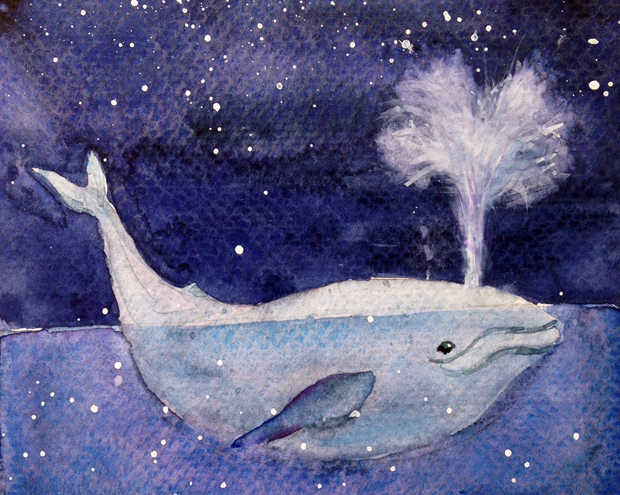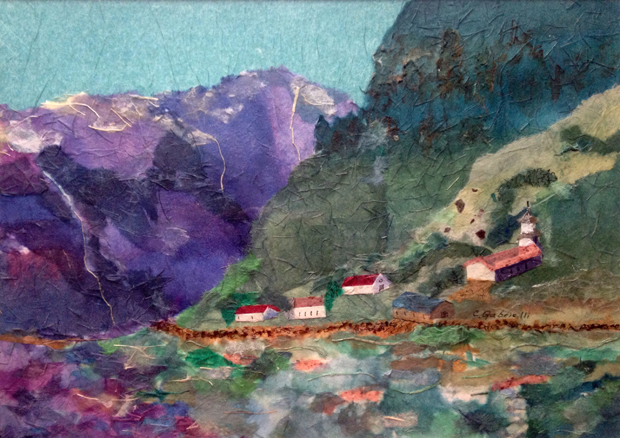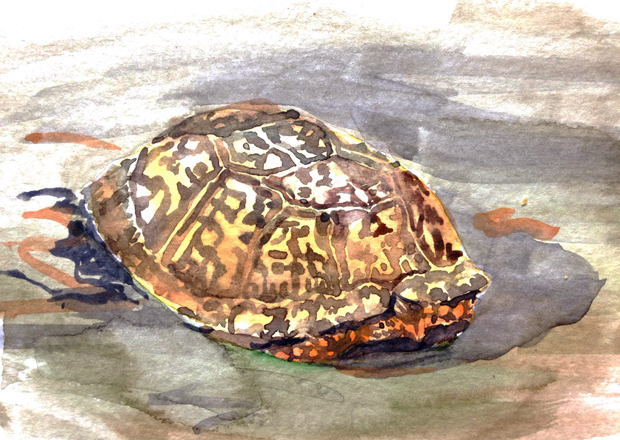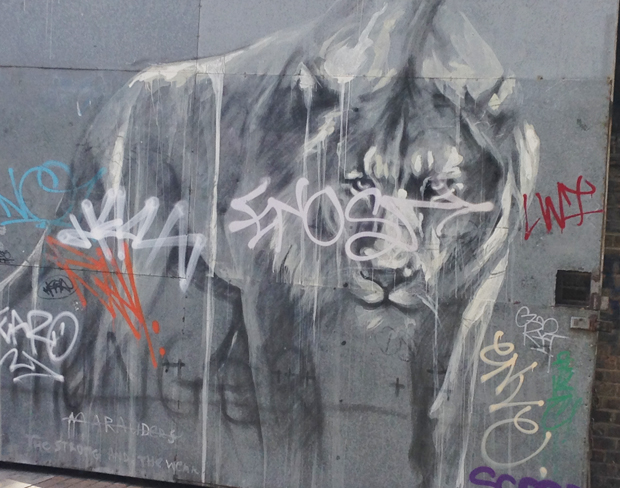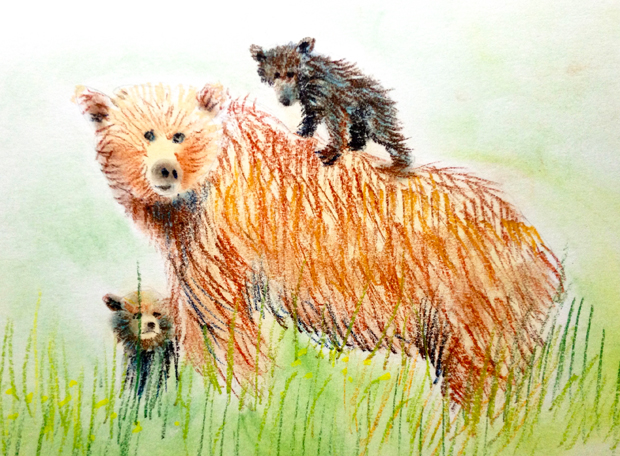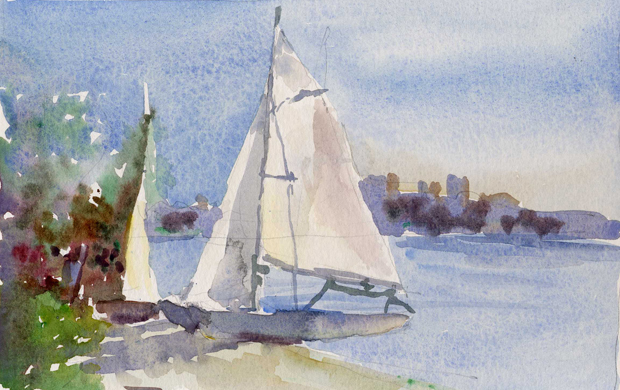 We always have the choice to choose joy and love over resentment and misery. I’ve had two great reminders of this recently. Michel Martin’s editorial on NPR makes the case for rejoicing rather than lamenting opportunities for activism. And Liz Gilbert, in Big Magic, echoes with her challenge to the cult of anguish that hangs over creativity. Martin asks why so many people who offer themselves up for leadership these days do it with an air of “Why me?” Then she holds up the example of inventors:
We always have the choice to choose joy and love over resentment and misery. I’ve had two great reminders of this recently. Michel Martin’s editorial on NPR makes the case for rejoicing rather than lamenting opportunities for activism. And Liz Gilbert, in Big Magic, echoes with her challenge to the cult of anguish that hangs over creativity. Martin asks why so many people who offer themselves up for leadership these days do it with an air of “Why me?” Then she holds up the example of inventors:
“When do you ever hear people say, ‘Why didn’t somebody else invent the airplane, the smart phone, solar panels, the tea infuser, for heaven’s sake, so I didn’t have to?’ We even have commercials featuring the tiny garages and attics where supposedly this inventing took place. We understand that discovery is a joy that can feel like a physical sensation.”
Under the tyranny of the Old Story of Separation, “No pain, no gain” is infused into everything we value most. War metaphors may be the currency of our culture, but I wonder if our allegiance to struggle and competitiveness is thinning what could be a much-needed flood of creativity into more of a trickle. Martin again: Continue reading

